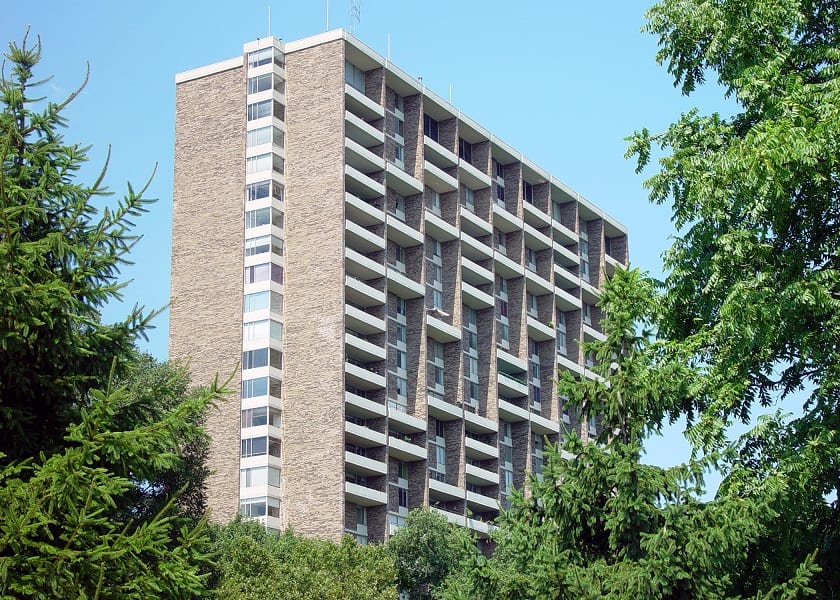The topic of rental caps can elicit both positive and negative responses when proposed in a condominium setting. The concept of the rental cap is to limit the number of rented units to a certain number or proportion of the association.
The purpose for a rental cap is to ensure the continued marketability of the units in a condominium. For example, when an association has a higher rate of rentals than what Fannie Mae lending guidelines allows, mortgage lending may be refused. Therefore, owners may be limited to selling their units to cash buyers, making for a more difficult sale process. A well-drafted rental cap can avoid reaching this scenario.
The imposition of a rental cap does limit a property right, however. Normally, a property owner is free to rent his unit to a willing tenant. The rental cap prevents this, for at least a portion of the unit owners at any given time. Once the cap is reached, subsequent owners who are not occupying the unit must either sell it or leave it vacant.
Some of the issues involved in creating a rental cap are:
– What proportion of rentals should be allowed under the cap?
– Who gets the right to rent their unit?
– What is the treatment of owners whose unit is rented on the date the cap takes effect?
– If the cap is reached, will owners be limited in the time they may rent their unit before the right to rent shifts to a different owner on a waiting list? Or do the owners renting first get to rent for as long as they own the property?
A rental caps can be imposed either by amending the Condominium Declaration, or by the adoption of a rule by the Board of Directors. Either approach require notice to all unit owners.
Whether a rental cap is worthwhile requires a balance of costs and benefits to the association as a whole, and a consideration of the needs of the unit owners. But when marketability of the units is a concern, a rental cap is a tool that ultimately can strengthen the property.


